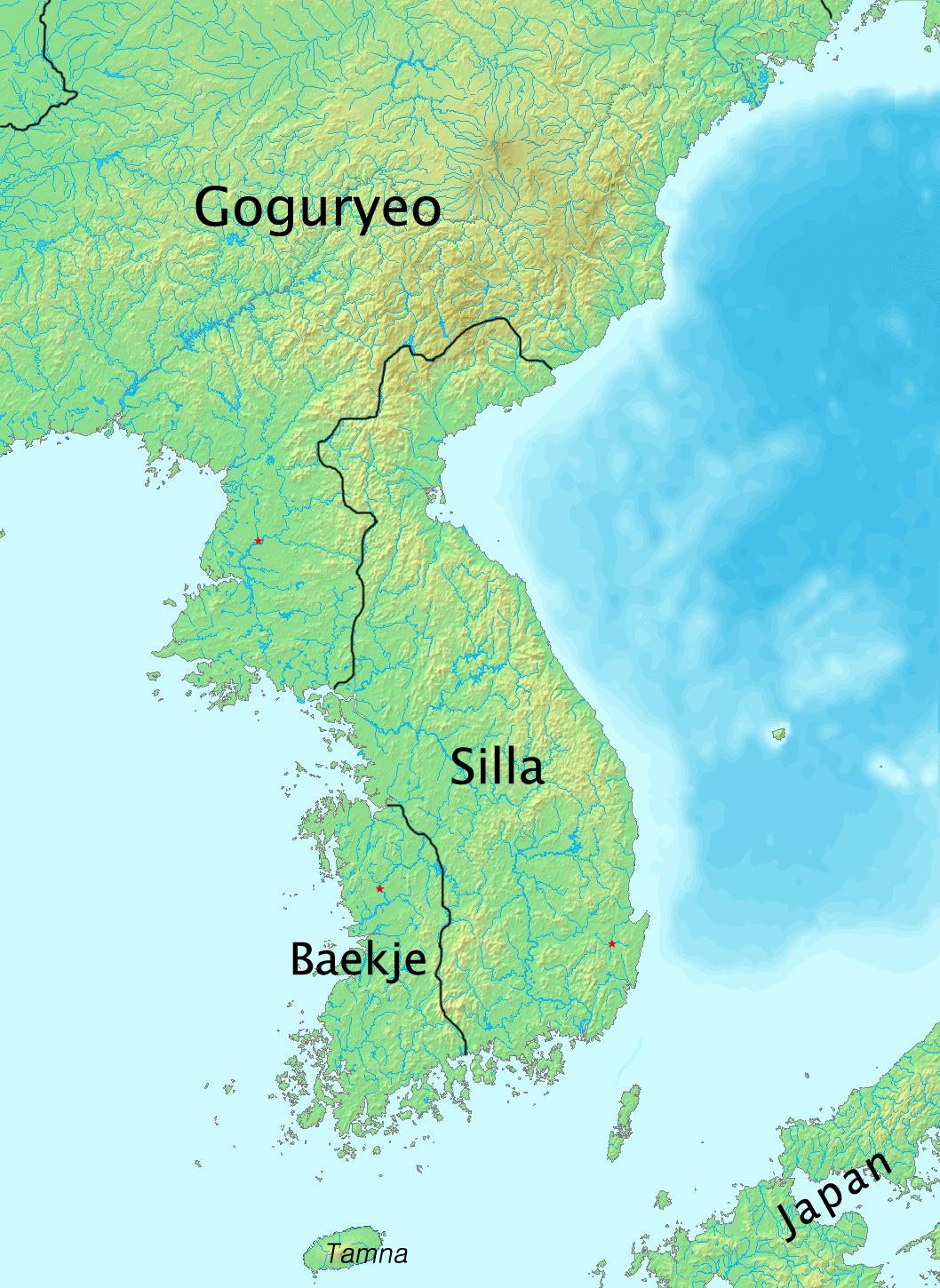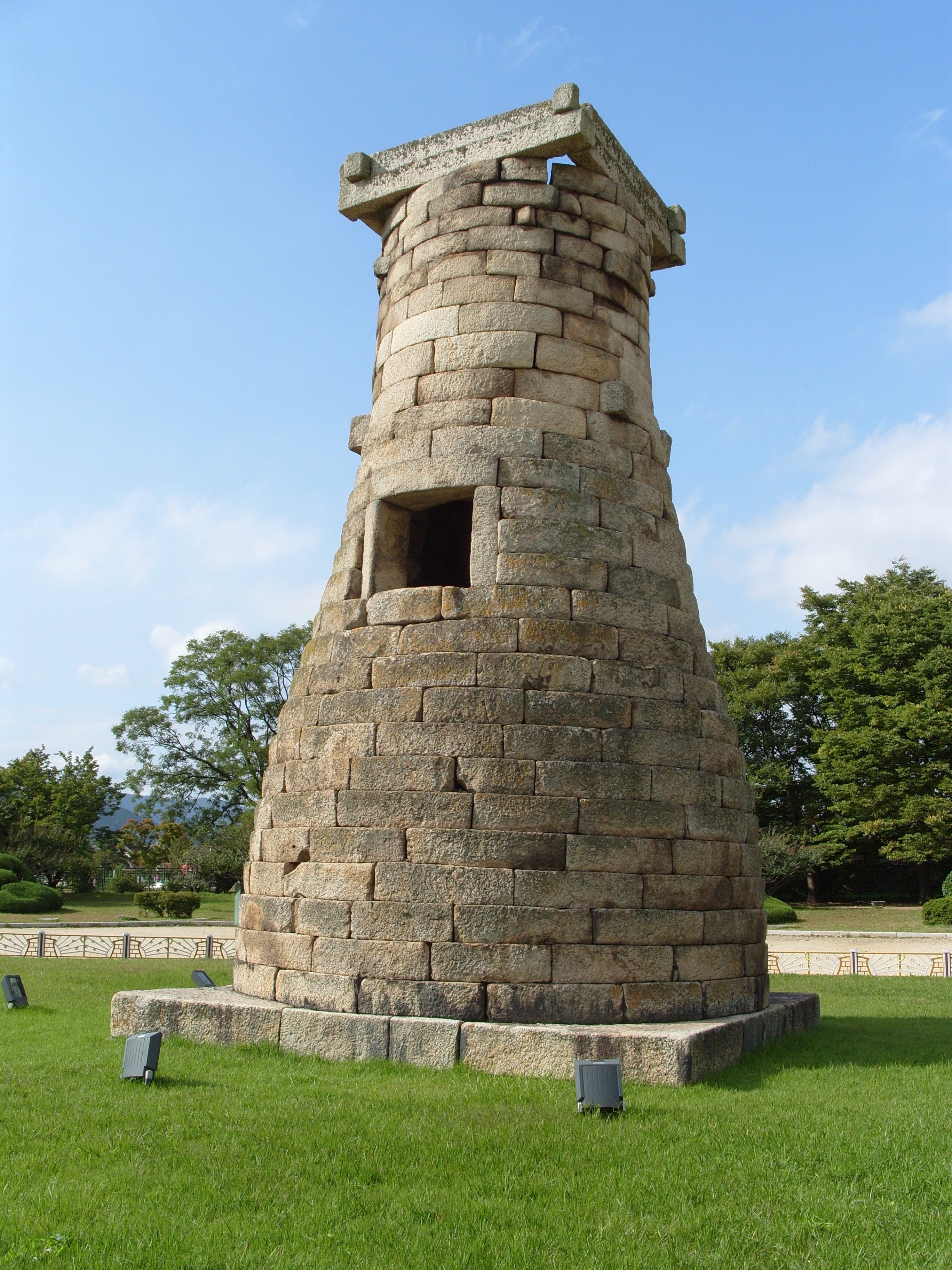Mugdha Sanjay Attarde, Mumbai, Maharashtra
Korea is a land with a significant history. Bak Hyeokgeose of Silla found Silla dynasty in 57 BC. When he turned 13, six clans submitted to him as king and established Saro-guk. Saro-guk comprised six villages and six clans. Silla was also referred as Gyerim and the dynasty was recorded to use Hanja or traditional writing system using Chinese characters. This dynasty acquired a detail system of law and governance, social status and official advancement by 6th century and the bone rank system dictated them.

Silla had two royal classes named sacred bone and true bone. The Hwabaek was of immense importance as it was a royal council who decided on vital issues like succession to the throne or declarations of war. The Hwabaek was headed by a Sangdaedeung who was chosen from sacred bone rank. One of the key decisions was the adoption of Buddhism as state religion, but they relayed on Chinese models of bureaucracy after unification of Silla.
A few royal guards who protected royalty and nobility in times of war and served as a primary military force built the Silla Military. Silla created six local garrisons, one for each district, because of increasing conflicts between Baekje, Goguryeo, and Yamato Japan. Another group of Sodang was created in the year 625. Garrison soldiers handled local defense and also served as a police force. Silla dynasty’s greatest generals and military leaders were Hwarang. The fall of Goguryeo dynasty and success of Silla–Tang wars were because of Hwarang.

We can find many Silla tombs near Gyeongju, the capital of Silla. Stone chamber surrounded by a soil mound was the uniqueness of Silla tomb. The historic area around Gyeongju was added to the UNESCO World Heritage list in 2000 and some of them are also protected as part of Gyeongju National Park. Two villages near Gyeongju named Hahoe and Yangdong related cities submitted Folk Village and the South Korean government for UNESCO heritages in 2008. Since these tombs are harder to break, Silla’s elaborate gold crowns and jewelry are still preserved.
The massive Bronze Bell of King Seongdeok produces a distinctive sound. During the reign of Queen Seondeok, an astronomical observatory named Cheomseongdae was built in East Asia but there are arguments for its functions. The name “Silla” became known to the world outside the traditional East-Asia sphere along the Silk Road by Muslim traders.

Buddhism initially originated in India but in the 1st century Mahayana Buddhism arrived in China and in 3rd century it arrived in Korean peninsula through Silk route. Buddhism was adopted as the state religion of 3 constituent polities which were Goguryeo, Baekje and Silla of the three kingdom period. In the mid-5th century Buddhist monk Ado introduced Silla to Buddhism. However, according to the legends, Silla monarchy was convinced to adopt the faith when the Silla court noble Ichadon was executed by the Silla king in 527 for his Buddhist faith.
Notably, there were also many cultural exchanges between Korea and Iran during Silla dynasty period. A dark blue glass was found in the Cheonmachong Tomb in Gyeongju. Gyerim-ro, a street in Gyeongju, unearthed an exotic golden sword. Some ancient souvenirs from Persia include silver bowl engraved with an image of the Persian goddess Anahita, clay busts, a golden dagger from Persia and figurines portraying Middle Eastern merchants. But it registered the trade with Persia during Goryeo Dynasty.
This shows Korea and Iran had their relationships over 1,500 years ago. There is a mention of the Silla Dynasty in a history book written by the Persian scholar Khurdadbid and an ancient Persian epic poem, the Kushnameh. The popularity of Iranian designs and culture can be seen through the widespread use of pearl-studded roundels, symmetrical, zoomorphic patterns, and in the fields of music, visual arts, and literature in Korea.
The king was viewed as nothing more than a figurehead and hence powerful aristocratic families rose to actual dominance outside the capital and royal court, which caused a constant upheaval and civil war in the end. The later end of the period saw the emergence of Baekje and Goguryeo kingdoms and Silla’s submission to Goryeo dynasty. Watch this video to know about the Gyeongjyu Historical site where the Silla dynasty came to life:
Video Credits: Arirang News
Was this article helpful for you all? Did you learn something new today? Tell us in the comments.

Very well written article about Silla Dynasty. Wow this explains everything in detail!!
So very well written about the Silla Dynasty 💜
Amazingly written and explained article…⭐⭐⭐⭐⭐
Loved it!! It’s was so interesting!
The article is really interesting.. very well explained… Greattttt🌸
This was a very interesting article!💜🇰🇷
Amazing article
Nicely explained.. Good work..
Silla’s history is so interesting.